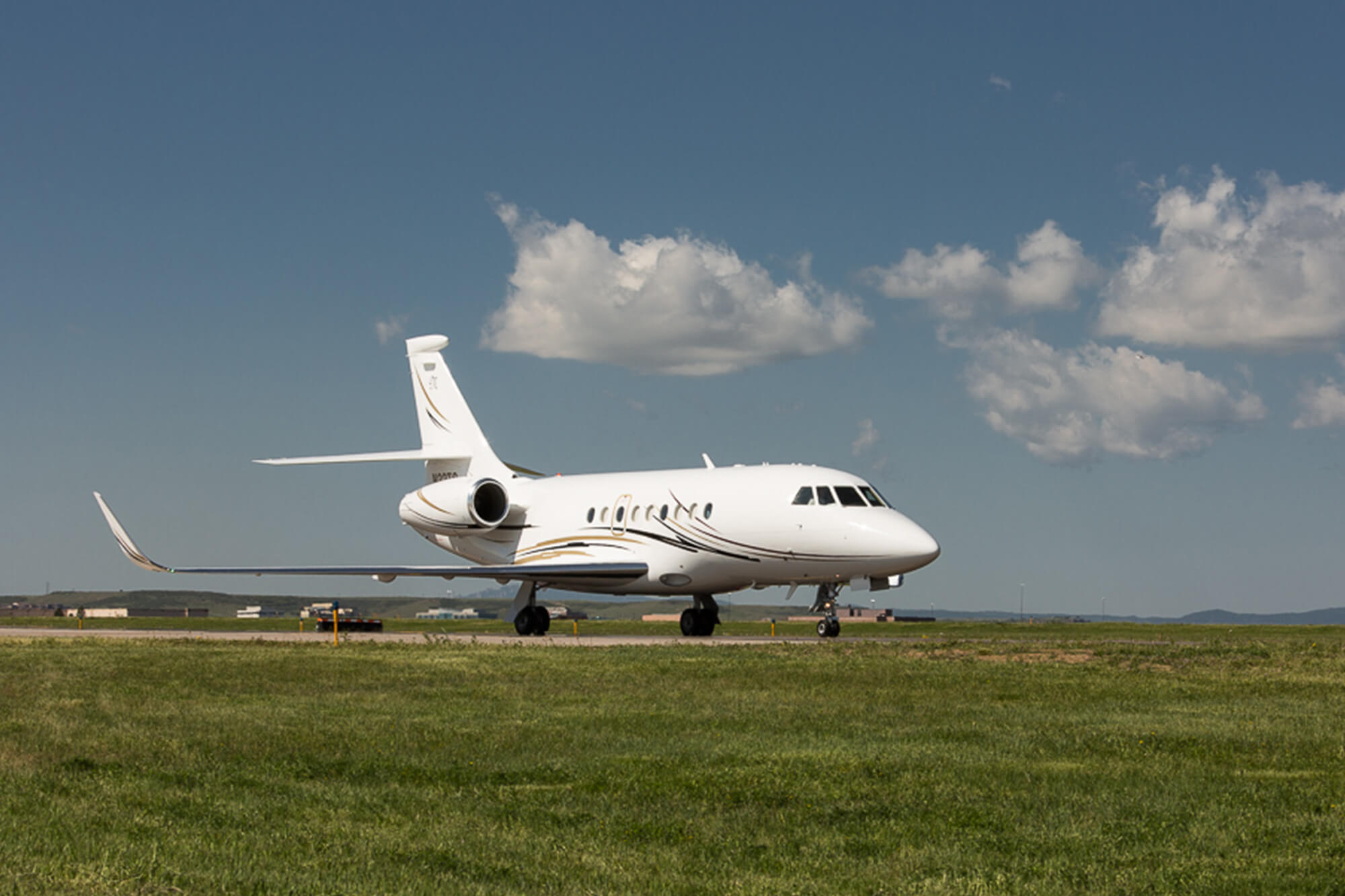

April 15, 2019
The Carbon Offsetting Reduction Scheme for International Aviation (CORSIA) aims to cap worldwide carbon dioxide emissions from aviation.
A worldwide mandate from the International Civil Aviation Organization (ICAO) to measure and report carbon emissions from aircraft is here, and business aircraft operators flying overseas should be prepared to demonstrate their compliance with the program.
The Carbon Offsetting Reduction Scheme for International Aviation (CORSIA) aims to cap worldwide carbon dioxide (CO2) emissions from aviation. International operators emitting more than 10,000 metric tons of CO2 annually on international flights are required to purchase carbon credits to offset growth above 2020 CO2 levels. Approximately 74 nations are participating in CORSIA.
While most U.S.-based business aircraft operators will fall under that threshold, they may not realize that they must still follow the necessary steps under CORSIA.
“Operators flying internationally must submit an emissions monitoring plan if they believe they will be subject to review,” said Eli Cotti, CAM, NBAA’s director of technical operations.
As part of the FAA’s agreement to voluntarily abide with CORSIA, ICAO requires the agency to review and approve that information so that a baseline aviation-sector emissions amount may be tallied from which any future growth in emissions may be measured. Pending formal guidance from the FAA on how U.S. operators should comply with CORSIA, however, makes the ICAO requirement somewhat problematic.
“Although we expect the FAA to address CORSIA implementation in the near future, operators should monitor their flights as part of their normal data-collection efforts and create and submit emission reports when required,” Cotti said. “Otherwise, our industry may be held to a formula calculated to offset growth from an unrealistically low baseline.”
Aircraft operators must also understand they are included under the FAA’s CORSIA obligations whenever flying internationally, even if their total CO2 emissions fall beneath the 10,000-metric-ton threshold.
“CORSIA applies to all international operators,” Cotti emphasized, “and countries may ask for proof of compliance. If asked to show emissions compliance, they need to reply that as U.S.-registered operators they comply under the auspices of CORSIA.”
To develop an emissions-monitoring plan, operators can use two tools. ICAO’s CORSIA CO2 Estimation and Reporting Tool enables operators to enter flight data to calculate total fuel burn per year based on arrivals and departures in CORSIA-participating nations. These figures are based on Great Circle routes and time aloft. Also, operators can use IBAC’s Countdown to CORSIA resource.
“Our biggest advantage is that CORSIA applies globally to international operators and supports business aviation’s commitment to combat climate change,” Cotti concluded. “CORSIA enables business aviation to responsibly meet its commitments and goals.”


 International Business Aviation Council Ltd.
International Business Aviation Council Ltd.